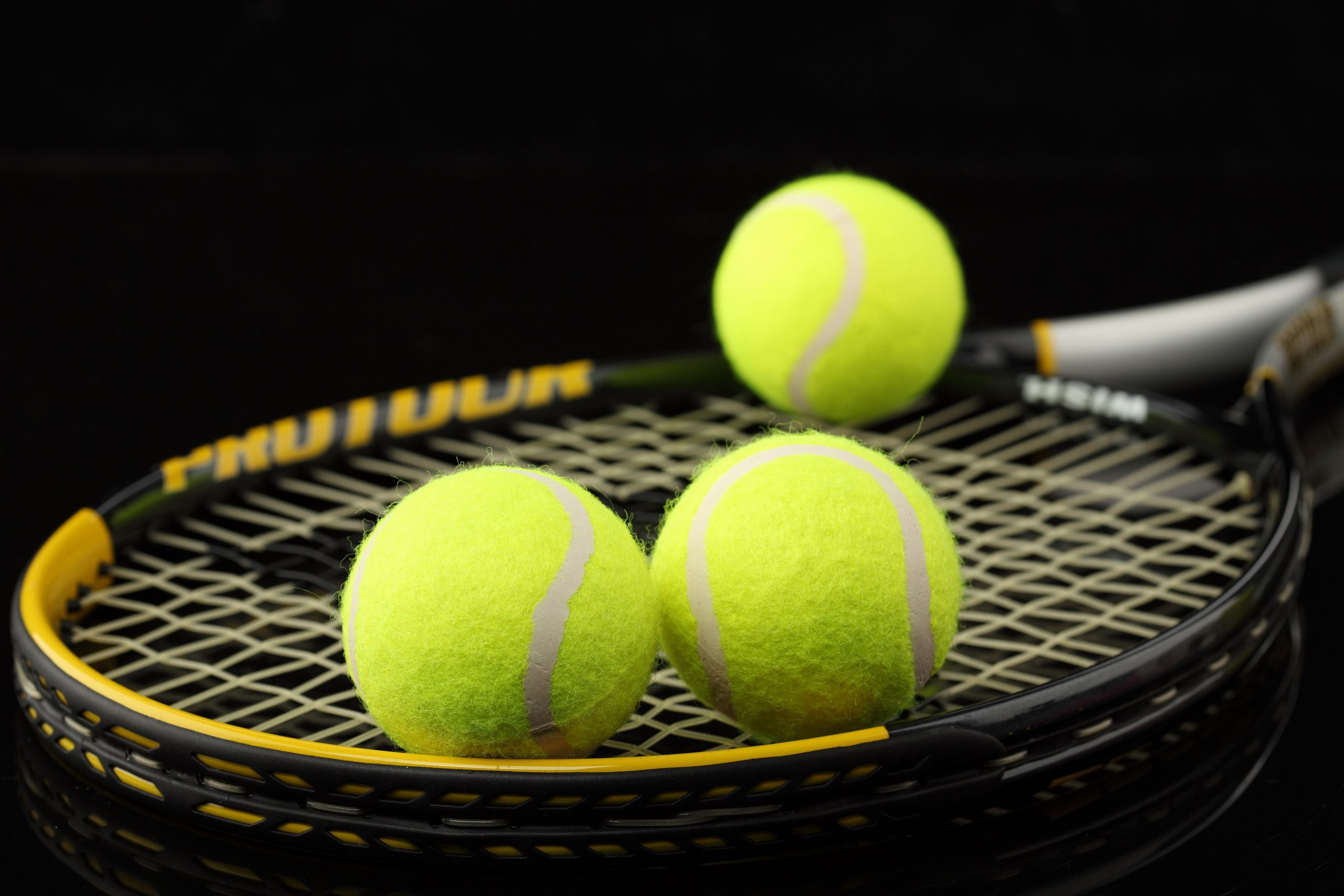Quarterfinals of the US Open, 2004, Williams vs Capriati. Forehand winner by Williams, “Out!” Match point Capriati.
“Hawk-Eye…please. This is ridiculous!” pleaded commentator and 7-time grand slam winner John McEnroe. But the digital replay system was just being trialed, only visible to TV viewers and commentators. Watching on in disbelief, fans at home saw – for the fourth time – the ball was called incorrectly, this time costing Williams the match.
Hawk-Eye is a computer vision system, and, since 2005, has been one of the first instances of artificial intelligence (AI) being fully-integrated into an elite sport, and subsequently 23 of the 25 other top sports leagues and federations globally. More accurate than the human eye, averaging a 3.6mm margin of error, it uses up to ten computer-linked cameras to create a 3D image of the ball’s path, and where it will land with respect to the lines on the court. As the term “AI” penetrates exhaustingly into every corner of our lives, this form of AI appears to have vastly improved the state of tennis umpiring. But, does AI always make a sport better? Using tennis as a case study for its pioneering experimentation in the world of AI, here are some developments to look out for, and important considerations that come with them.
While AI in sports often refers to any advanced, data-driven tech, this article defines it specifically through the Sense-Model-Plan-Act (SMPA) loop. In this framework, AI involves collecting sensory data (like heart rate or video), creating predictive models, formulating optimized strategies, and implementing these with feedback, in a cycle of real-world adaptation and engagement.4
On the court, researchers from Queensland University of Technology (QUT) are set to transform the world of tactics with the Memory Augmented Semi-Supervised Generative Adversarial Network (MSS-GAN).2 Using Hawk-Eye data, MSS-GANs draws inspiration from Semi-Supervised GANs (SS-GAN), an AI approach learning from labeled and unlabeled data to improve predictions, and its augmented memory models, storing large amounts of information in networks and sequences like the human brain. This demonstrates the potential to blend AI’s predictive analytics to apply to sports strategy and training. Specifically, MSS-GANs predict future shots, learning from top players’ tactics, such as Djokovic and Nadal’s performances at the 2012 Australian Open. After analyzing data from just three matches, it accurately forecasts shot types and locations, allowing for the crafting of tailored strategies that exploit opponents’ weaknesses. This rapid learning curve mimics the cognitive processes of professional athletes, offering a glimpse into how AI can mirror and augment human expertise in sports, giving certain players a competitive advantage.
Off the court, the media and fan experience is becoming increasingly important, with the demand for compelling and timely content being met by IBM’s Watson. Seen at the 2023 US Open through AI-generated commentary and draw analysis, Watson leverages 2.7 million data points, including player emotions and crowd reactions.5 With this, it selects key moments and clips them as highlights, as well as evaluating a player’s path difficulty through the tournament. Its previous success includes accurately predicting Carlos Alcaraz’s journey to the 2023 Wimbledon final, getting only one opponent outcome wrong out of seven. What’s more, the new “Questions with Watson,” feature utilizing natural language processing, the AI capability that interprets and generates human-like responses, encourages fan interaction by posing engaging questions about historic and current matchups for example, fostering deeper fan conversations and insights.
Where officials want to increase the accuracy of umpiring, players want to gain a strategic edge, coaches want to refine their analyses, and fans want to get closer to the game, AI proves an inevitable and exciting path. However, tennis is at a crucial juncture as AI infiltrates new avenues, questioning the sport’s core essence. The move towards full AI integration, like the ATP’s plan to replace all line judges with electronic calls by 2025, threatens to strip tennis of its human unpredictability and emotional depth, transforming the game into a different sport. As players like Nadal have expressed, while AI’s capabilities can enhance the game, the true value of tennis – and sports at large – lies within its human element. If we hand over responsibility to AI, will we celebrate the athlete or the tools he uses to achieve success? For this reason, as AI’s role expands, it’s essential for sporting organizations to remain cautious and up-to-date with specific regulations.
References
- Cossich, V. R. A., Carlgren, D., Holash, R. J., & Katz, L. (2023). Technological Breakthroughs in Sport: Current Practice and Future Potential of Artificial Intelligence, Virtual Reality, Augmented Reality, and Modern Data Visualization in Performance Analysis. Applied Sciences, 13(23), 12965. https://doi.org/10.3390/app132312965
- Fernando, T., Denman, S., Sridharan, S., & Fookes, C. (2020). Memory Augmented Deep Generative models for Forecasting the Next Shot Location in Tennis. IEEE Transactions on Knowledge and Data Engineering, 1–1. https://doi.org/10.1109/TKDE.2019.2911507
- IBM Brings Generative AI Commentary and AI Draw Analysis to the Wimbledon Digital Experience. (2023). IBM Newsroom. Retrieved from https://newsroom.ibm.com/2023-06-21-IBM-Brings-Generative-AI-Commentary-and-AI-Draw-Analysis-to-the-Wimbledon-Digital-Experience
- Hammes, F., Hagg, A., Asteroth, A., & Link, D. (2022). Artificial Intelligence in Elite Sports—A Narrative Review of Success Stories and Challenges. Frontiers in Sports and Active Living, 4, 861466. https://doi.org/10.3389/fspor.2022.861466
- Newcomb, T. (2023). IBM Mining Millions Of Data Points From U.S. Open Stadiums. Forbes. Retrieved from https://www.forbes.com/sites/timnewcomb/2023/09/04/ibm-mining-millions-of-data-points-from-us-open-stadiums
- PWC. (2019). Artificial Intelligence Application to the Sports Industry. Retrieved from https://www.pwc.com.au/industry/sports/artificial-intelligence-application-to-the-sports-industry.pdf
- Cossich, V. R. A., Carlgren, D., Holash, R. J., & Katz, L. (2023). Technological Breakthroughs in Sport: Current Practice and Future Potential of Artificial Intelligence, Virtual Reality, Augmented Reality, and Modern Data Visualization in Performance Analysis. Applied Sciences, 13(23), 12965. https://doi.org/10.3390/app132312965
